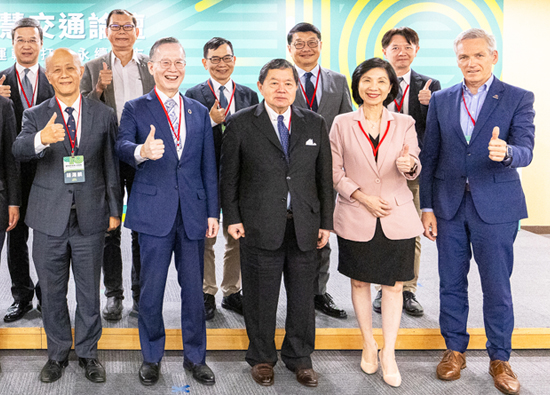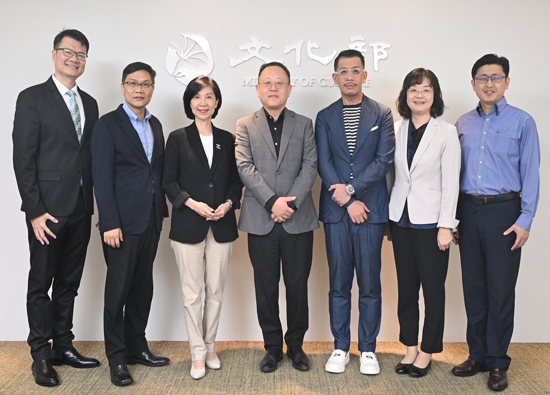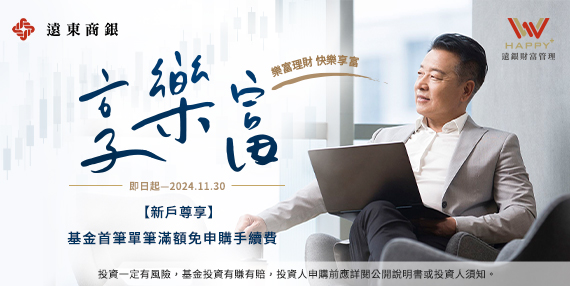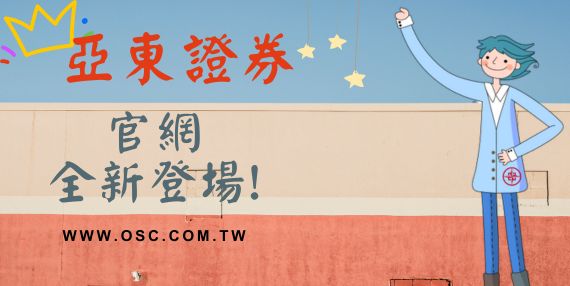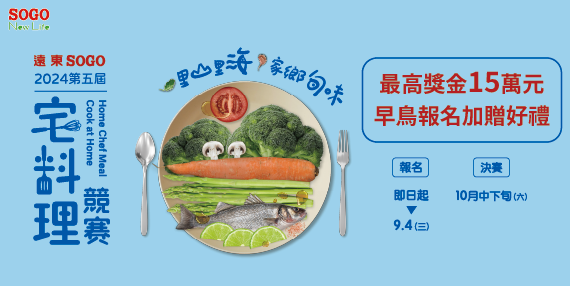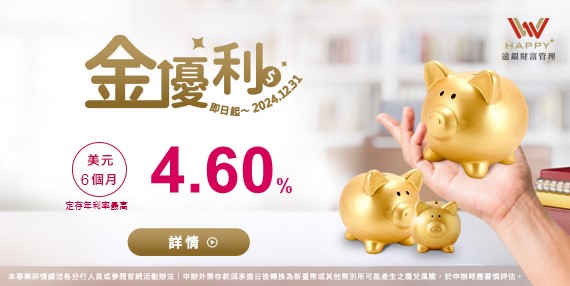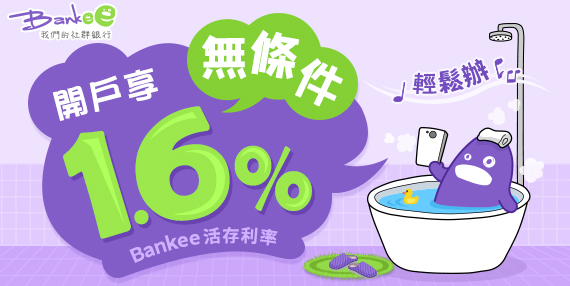12.2023 Group Briefing
U-Ming Marine Transport energy-saving new ship "Yuqun" sets sail
U-Ming Marine Transport / Huang Yizhen

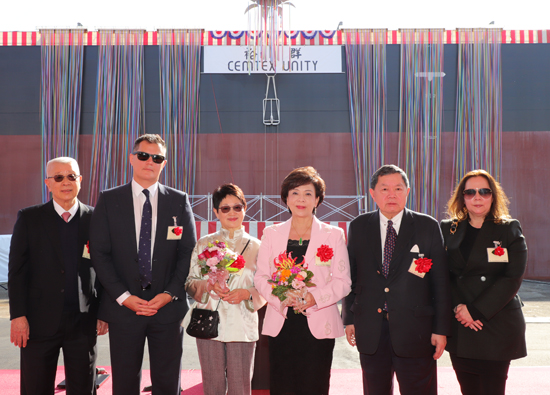
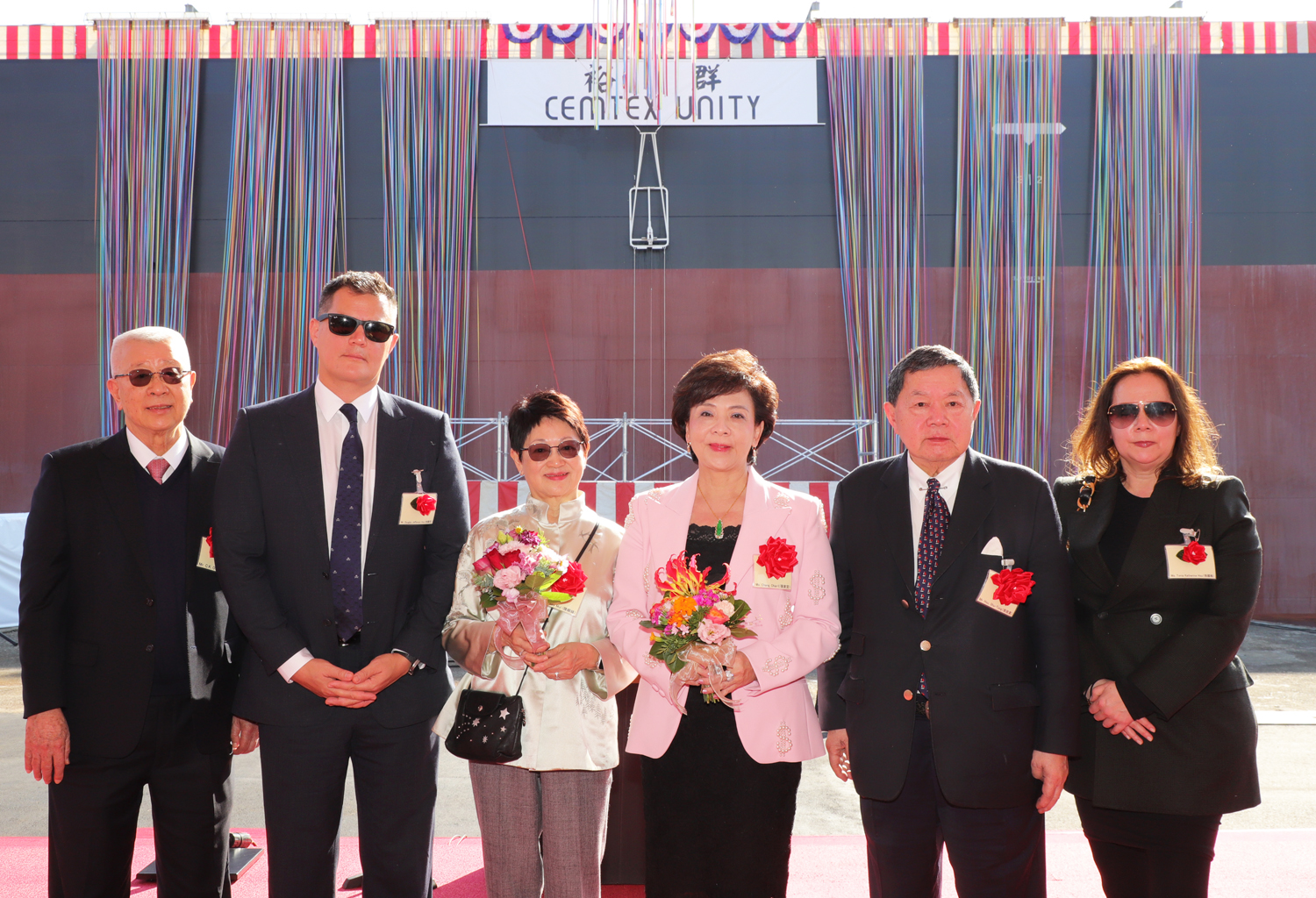 U-Ming Marine Transport (Hong Kong) Limited, a subsidiary of U-Ming Marine Transport, signed a naming and receiving ceremony on October 31, 2023 at the Kasuga Shipyard in Nagasaki, Japan, for the construction of a 99990 deadweight ton Post Panamax bulk carrier at Oshima Shipbuilding Co., Ltd, Hosted by Douglas Hsu personally, and invited Tamkang University Zhang Jiayi Chair to name "M.V." Cemtex University ", the ceremony was successfully completed in front of the audience.
U-Ming Marine Transport (Hong Kong) Limited, a subsidiary of U-Ming Marine Transport, signed a naming and receiving ceremony on October 31, 2023 at the Kasuga Shipyard in Nagasaki, Japan, for the construction of a 99990 deadweight ton Post Panamax bulk carrier at Oshima Shipbuilding Co., Ltd, Hosted by Douglas Hsu personally, and invited Tamkang University Zhang Jiayi Chair to name "M.V." Cemtex University ", the ceremony was successfully completed in front of the audience.The Yuqun ship, with a captain of 235 meters and a width of 40 meters, is the fourth ship in the 99990 deadweight ton Post Panamax series designed and built by Japan's Oshima Shipbuilding Co., Ltd. for U-Ming Marine Transport. It inherits the consistent concept of energy conservation and environmental protection, not only surpassing the requirements of the third stage of the International Maritime Organization (IMO) Energy Efficiency Design Index (EEDI), but also saving 33% energy compared to ships of the same deadweight ton, At the same time, the FSM (Fleet Safety Management) ship management platform developed by U-Ming Marine Transport has been installed, which synchronizes ship operation and meteorological data back to the company through ship networking for shore analysis and monitoring, further improving ship energy efficiency, reducing failure rates, and improving operational efficiency.
The FSM ship management platform has not only obtained SMARTShip Notation certification from classification societies such as NK in Japan, DNV in Norway, CR in Taiwan, and ABS in the United States, but has also been awarded the Maritime Safety Award by the Maritime Safety Authority of Singapore. In addition to the enlargement of ships, the unit fuel consumption and operating costs of Yuqun ships are also relatively reduced, and the characteristics of low-speed navigation can help ships save energy and reduce emissions. In addition, a narrow streamlined bridge is designed and the hull shape is optimized to reduce wind and water resistance, further save fuel consumption, and increase competitive advantages.
The International Maritime Organization (IMO) has recently decided to strengthen greenhouse gas emission control measures, explicitly requiring ships to use at least 5% near zero energy by 2030, and to change from the original carbon emission reduction target of 50% to a more stringent net zero GHG emissions by 2050. Since 2013, U-Ming Marine Transport has been proactively deploying customized eco Ship models and implementing a replacement plan, gaining an advantage under the vision of Sustainability Development. At present, 94% of the total tonnage of the fleet belongs to environmentally friendly ships, which is much higher than the market average of 35%. The average age of ships is 5.9 years, which is also much lower than the average age of bulk carriers in the market of 11.9 years. Environmental protection and youth are the two major competitive advantages of the U-Ming Marine Transport fleet.
U-Ming Marine Transport attaches great importance to ESG issues. In addition to being once again included in the FTSE4Good combination of sustainability stocks, U-Ming Marine Transport was also selected by the Taiwan Board of Directors as one of the "Taiwan Best in Class 100" companies in September 2023. In addition, U-Ming Marine Transport also pays attention to various international sustainability initiatives, including signing climate action agreements such as the "1.5 ° C Climate Action Declaration" and the "R20 Climate Action Regional Organization", Show the company's determination to mitigate climate change.
U-Ming Marine Transport currently has a fleet of 72 vessels, including Capesize, Panamax, Post Panamax, Supramax, Ultramax, cement tankers, VLCCs, VLOCs, and offshore wind power personnel transport vessels (CTVs). With its own fleet and joint venture and under construction vessels, the fleet has a total carrying capacity of 8.77 million tons.
#



